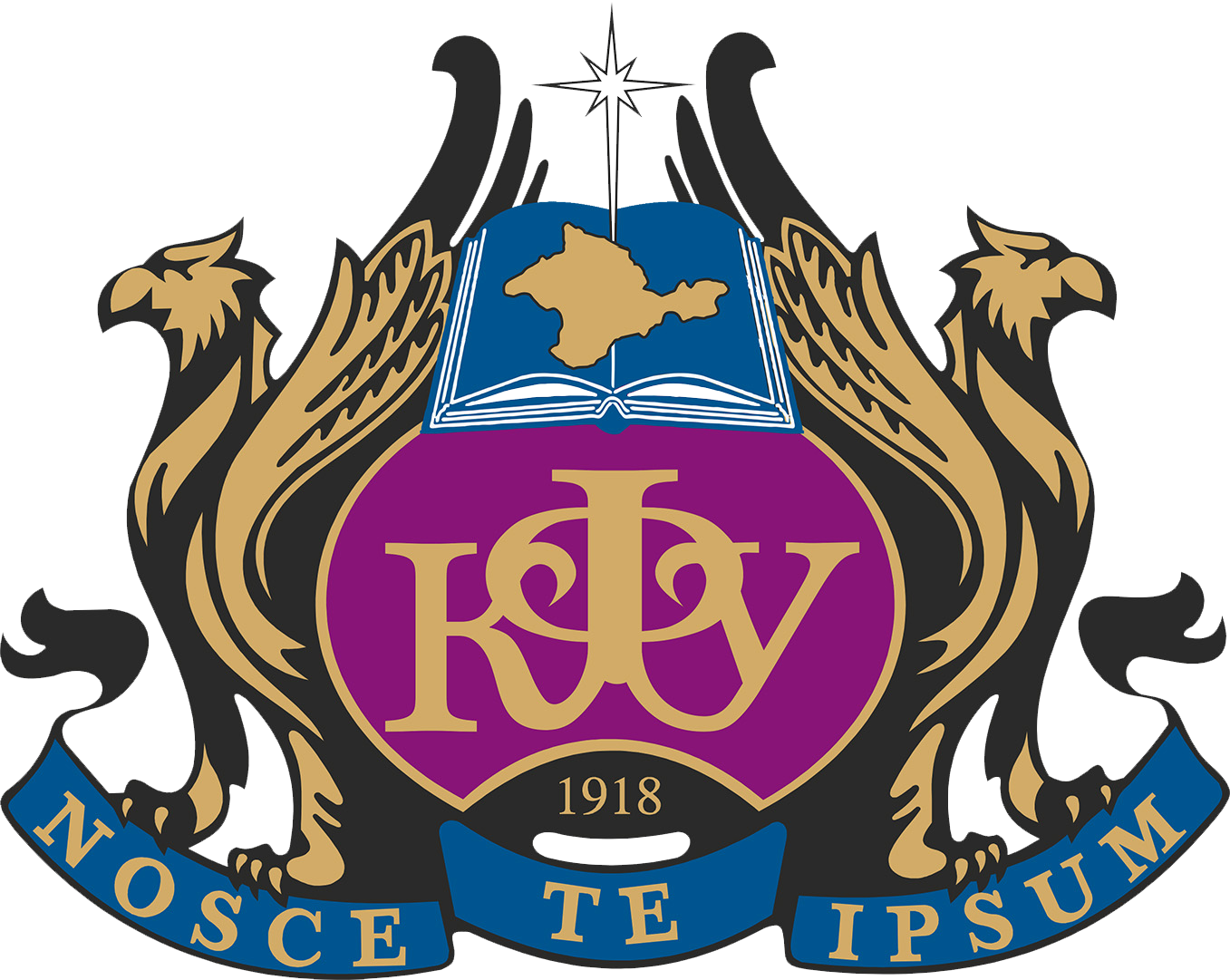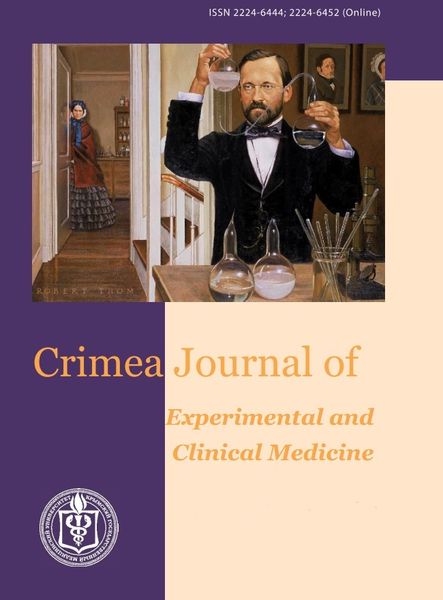The high information content of modern diagnostic systems has made it possible to expand the possibilities of performing intravascular and minimally invasive surgical interventions, taking into account the individual characteristics of anatomical variation. Aim. To evaluate the effect of the relative position of the main arteries of the neck on their morphological parameters using ultrasound sonography methods. Material and methods. The study of the main arteries among 865 people was carried out. Ultrasound devices Medison SonoAce R7, GE Logiq F6 were used to determine the type of relative position of vessels and determine morphometric characteristics. Results and discussion. A total of 1,730 vascular formations were examined on both sides. The classification of 5 variants for vascular complexes was used. In all groups, when compared among men, large values of artery diameters were noted. The predominance of the size of the common carotid arteries was noted for type B. In the group of men, the maximum values of the diameters of the external carotid arteries were noted for types B and G. Morphometry indicators were similar for arteries in groups D and D. The effective size of the external carotid artery was weakly correlated with gender. The proportions of the internal carotid artery in groups G and D were 76%, among other variants 71 – 73%. Conclusions. Assessing the mutual ratio of morphometric values of arteries in the group of women, the size ratio was slightly different for type B, the median value was 72%. The presented information expands our understanding of the role of variants of the development of the main arteries in the field of bifurcation of the common carotid artery. They make it possible to improve the methods of software processing of clinical information using specialized software.
anatomical variation, carotid arteries, morphometry.
1. Dovgyallo Yu. V. Age variability of the lumen of the internal carotid arteries. Morphological Almanac named after V. G. Koveshnikov. 2021;19(3):30- 34 (In Rus.s).
2. Dol A. V., Ivanov D. V., Bakhmetyev A. S., Kireev S. I., Maistrenko D. N., Gudz A. A. Influence of the internal carotid arteries stenosis on the hemodynamics of the circle of willis communicating arteries: a numerical study.
3. Moshkin A. S., Khalilov M. A., Shmeleva S. V., Bonkalo T. I., Aralova E. V., Rybakova A. I., Shchadilova I. S. The organization or personified treatment of diseases of coronary arteries considering analysis of bifurcation
4. Batrashov V. A., Yudaev S. S., Zemlyanov A. V., Marynich A. A. Evaluation of surgical intervention and conservative treatment in asymptomatic patients with pathological tortuosity of internal carotid arteries. Bulletin of the
5. Gataulin Ya. A., Zaitsev D. K., Smirnov E. M., Yukhnev A. D. The structure of unsteady flow in a spatially convoluted model of a common carotid artery with stenosis: a numerical study. Russian Journal of Biomechanics.
6. Vishnyakova M. V., Pronin I. N., Larkov R. N., Zagarov S. S. Computed tomography angiography in the planning of reconstructive operations on internal carotid arteries. Diagnostic and interventional radiology. 2016;10(3):11-19.
7. Gavrilenko A. V. Al-Yusef N. N., Kuklin A. V., Magomedova G. F., Kraynik V. M. Minimally invasive surgery of the carotid arteries. Russian Journal of Surgery. 2021;6-2:59-64. (In Russ.). doihttps://doi.org/10.17116/hirurgia202106259.
8. Reyes-Soto G., Pérez-Cruz J. C., Delgado-Reyes L., Castillo-Rangel C., Cacho Diaz B., Chmutin G., Nurmukhametov, R., Sufianova, G., Sufianov, A., Nikolenko, V., et al. The Vertebrobasilar Trunk and Its Anatomical Variants:
9. Zhikharev V. A., Stepanov I. V., Olshansky M. S. Variability of the intravital anatomy of the external carotid artery and its significance in X-ray endovascular surgery. Cardiovascular therapy and prevention. 2022; 21(S2): 94
10. Antonov G. I., Chmutin G. E., Miklashevich E. R., Stamboltsyan G. A., Gladyshev S. Yu., Zulfieva D. U. Carotid artery dissection and blowout as a brachiocephalic arteries stenting complications. Hospital medicine: Science
11. Krainik V. M., Novikov D. I., Zaitsev A. Yu., Kozlov S. P., Gavrilenko A. V., Kuklin A. V. Experience of clinical use of ultrasound guidance for cervical plexus block in reconstructive carotid surgery. Bulletin of Anesthesiology and
12. Moshkin A. S., Khalilov M. A., Nikolenko V. N., Moshkina L. V. Influence of the mutual position of extracranial arteries on cerebral hemodynamics. Anatomy in the XXI century - tradition and modernity : Materials of the All-
13. Samotesov P. A., Levenets A. A., Kan I. V., Shnyakin P. G., Russian A. N., Makarov A. F., Avdeev A. I. Variant anatomy of bifurcation of common carotid arteries in men. Siberian Medical Journal. 2012 112(5): 31-33.
14. Volkov S. I., Andryushin L. E., Romanenko M. E. Individual differences in the structure of the human internal carotid artery. Youth, science, medicine: Proceedings of the 64th All-Russian Interuniversity Student Scientific
15. Minoit V. S., Trushel N. A., Rimashevskaya V. V. Variants of the anatomy of the branching of the common carotid artery into external and internal carotid arteries, depending on the craniotype. Spring Anatomical readings.
16. Nageler G., Gergel I., Fangerau M., Breckwoldt M., Seker F., Bendszus M., Möhlenbruch M., Neuberger U. Deep Learning-based Assessment of Internal Carotid Artery Anatomy to Predict Difficult Intracranial Access in
17. Memon S., Friend E., Samuel S. P., Goykhman I., Kalra S., Janzer S., George J. C. 3D Printing of Carotid Artery and Aortic Arch Anatomy: Implicationsfor Preprocedural Planning and Carotid Stenting. J Invasive Cardiol.





